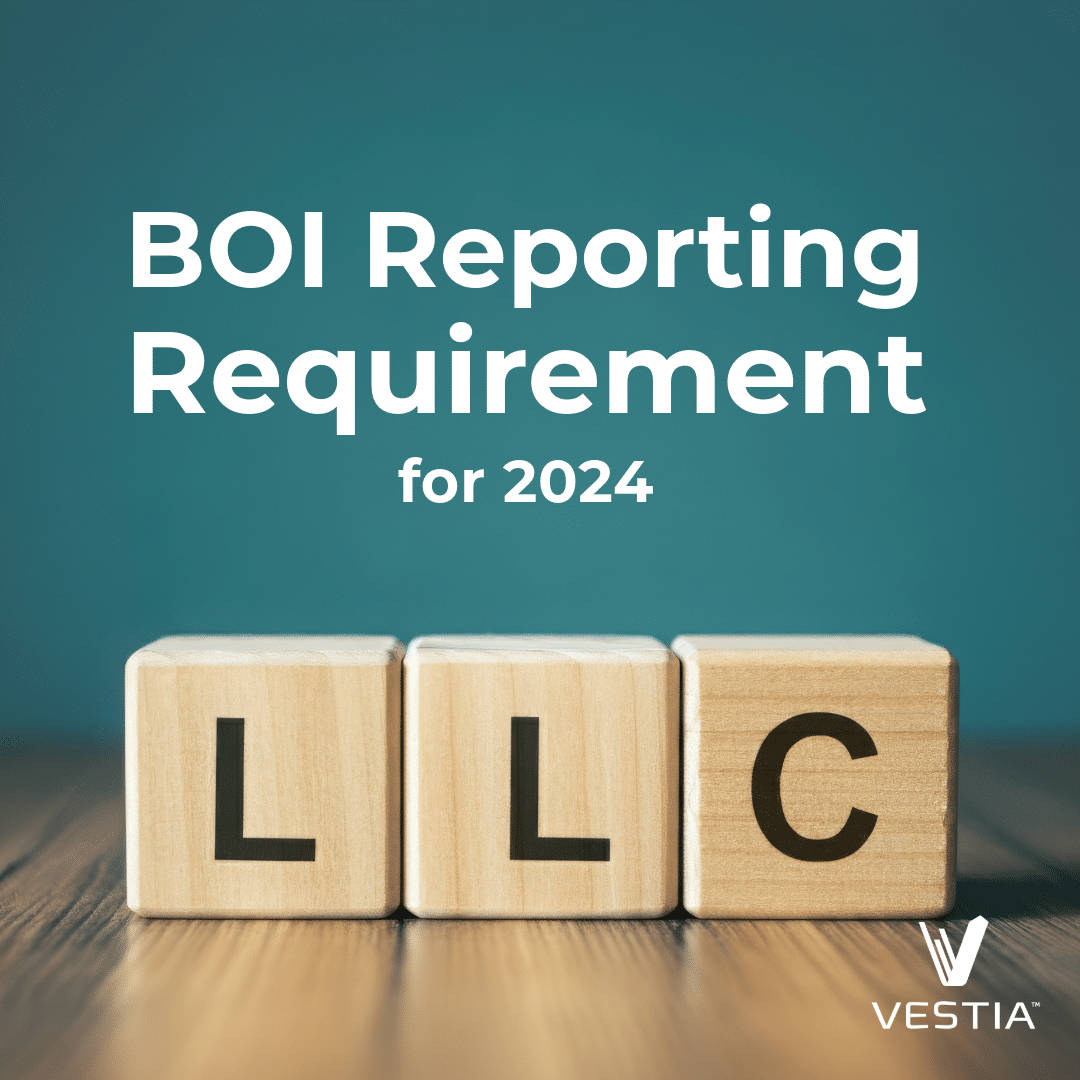Insurance and risk management aren’t often at the top of doctor’s massive to-do lists.
It’s not as alluring as investments or as inspirational as goal-setting, but it is the backbone to protect your funding toward those future endeavors.
Doctors tend to have a significant amount of income to protect, and one especially critical area is disability insurance.
Proper disability coverage can protect you and your family in the event that you are unable to work for an extended period. What should physicians know about disability insurance?
What is Disability Insurance?
Imagine if you took a 100% pay cut tomorrow, and you weren’t sure when (if ever) you could return to work.
What would happen?
Losing your ability to earn a living can cause a domino effect of problems from cash flow to bills to insurance to retirement and more.
The entire course of your life could shift in an instant, and you should safeguard your finances no matter what life throws at you.
Proper disability coverage protects one of your most valuable assets: your paycheck.
While doctors may have access to group policies at work, they tend to fall short. Many only cover up to 60% of your income until a certain monthly cap. Most doctors would benefit from closing that gap by obtaining additional outside coverage.
But what should they look for? We turned to one of our principal advisors and co-author of Doctor’s Eyes Only, Tom Martin, to help shed light on the answers.
Where Group Long-Term Disability Coverage Falls Short
Many doctors have access to long-term disability policies through work. But after reading the fine print, these plans aren’t as comprehensive as many medical professionals need.
For starters, most company policies only cover 60% of your income. What’s more, is the income cap, which typically ranges anywhere from $5,000 to $25,000 per month. Given that many physicians make higher-than-average salaries, they tend to be subject to the income cap.
Many group policies also come with fine print and limiting definitions of disability, putting your access to full benefits in jeopardy. These stipulations make obtaining an individual policy a must-have.
How can physicians better structure their disability coverage? Let’s take a look.
The Three Do-s of Disability Insurance
A well-structured disability insurance plan secures income for you and your family in the event of an unforeseen occurrence. Creating a robust income plan becomes even more critical for doctors who are the primary or sole household income earners.
A well-defined disability strategy encompasses three areas:
- Your desired net income (a.k.a after-tax income)
- Strength of available policies
- Coordination of individual and group benefits
Let’s take a closer look at each of these elements.
How Much After-Tax Income Do You Want to Protect?
First things first: decide on how much income you desire.
- What percentage of your income pays the bills each month?
- What are your monthly expenses?
- How much do you need to keep saving for the future?
You’ll also need to determine how your benefits are taxed. Understanding that will better guide you on how much coverage you need.
Since most group policies won’t cover everything, it’s important to supplement with an individual policy. How much additional coverage makes sense for you? Simply plug your numbers into the following formula.
Desired net income minus Available Group Benefits plus Taxes on Group Benefits
What Factors Determine the ‘Strength’ of Your Disability Insurance Coverage?
Now that you know how much income you need to protect your family, the next element you can focus on is the overall solvency of the insurance policy itself. In the book, the authors break coverages down into three tiers—1, 2, or 3 depending on how well they protect you long-term.
Tier 1 Disability Policies
The lowest on the totem pole is Tier 1. These types of policies offer the most minor strength and can expose you to problems long-term. The differentiator in these policies lies in the way they define disability. Tier 1 policies say that “if you can work in any profession, you are no longer disabled.” While you may not be able to work as a practicing physician, if you can perform other tasks, you’re no longer eligible for payments.
Pro tip: read the fine print.
Too often, policies shift to a Tier 1 after just a couple of years of receiving benefits at Tier 2 or 3. Watch out for this type of policy!
Tier 2 Disability Policies
Tier 2 is perhaps the most common for specialty physicians, as it pays benefits if you can no longer work in your trained specialty. The kicker? You can’t be doing anything else either. While you may be unable to perform surgery, if you want to make office visits or any other form of patient care, teach a course, or move into administration, you’re no longer considered disabled.
Tier 3 Disability Policies
These policies are the best for specialty physicians because you are eligible for payments if you can’t perform the specific duties of the job you were doing at the time you were disabled—end of story.
In this case, they look at your CPT codes to determine what those duties were, so if you decide to be a guest lecturer for a semester, move into administration, or anything in between, if you cannot perform the services you were specifically doing before, you should receive full benefits.
Tips To Coordinate Individual and Group Policies
Many physicians will benefit from a combination of individual and group policies. Since individual policies tend to be more robust, it’s often best to find those policies first before joining group coverage. Why? Group policies could limit how much coverage you’re eligible for.
Disability Insurance May Not Be Forever, But It Does Protect You Now.
For younger doctors with loads of debt and high salaries, proper disability insurance is critical. The good news is that as you begin to obtain more assets, you may be able to reduce or even eliminate your disability insurance altogether. Your risk management strategy should consider your net worth, expenses, earning potential, and future goals.
At Vestia, it’s our mission to help you use your money to support your ideal life. Protecting your paycheck is a significant part of that conversation. We’d love to help you create a disability insurance strategy that’s best for you both now and in the future. Set up a call today.
Disclaimer:
Investment advisory services offered through Vestia Personal Wealth Advisors, Vestia Retirement Plan Consultants, and Vestia Advisors, LLC. Securities offered through Ausdal Financial Partners, Inc., 5187 Utica Ridge Rd, Davenport, IA. 52807 (563)326-2064. Member FINRA/SIPC. Vestia Personal Wealth Advisors, Vestia Retirement Plan Consultants, Vestia Advisors, LLC, and Ausdal Financial Partners, Inc. are independently owned and operated.
This material is intended for informational purposes only. It should not be construed as legal or tax advice and is not intended to replace the advice of a qualified attorney or tax advisor. This information is not an offer or a solicitation to buy or sell securities. The information contained may have been compiled from third-party sources and is believed to be reliable.



